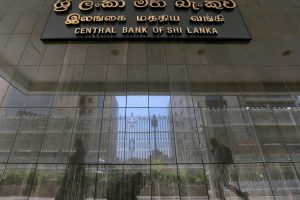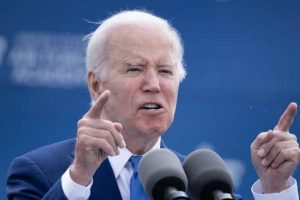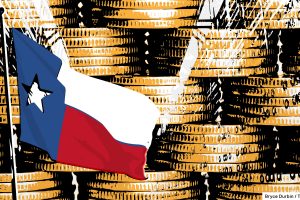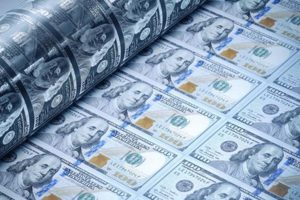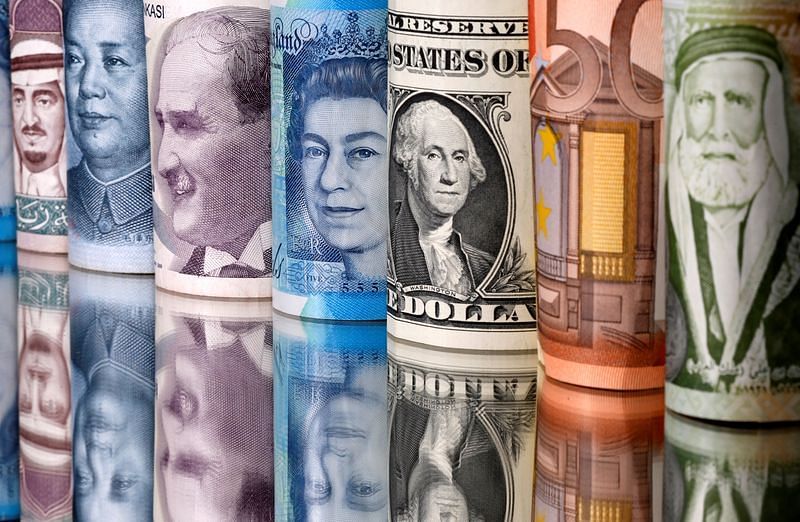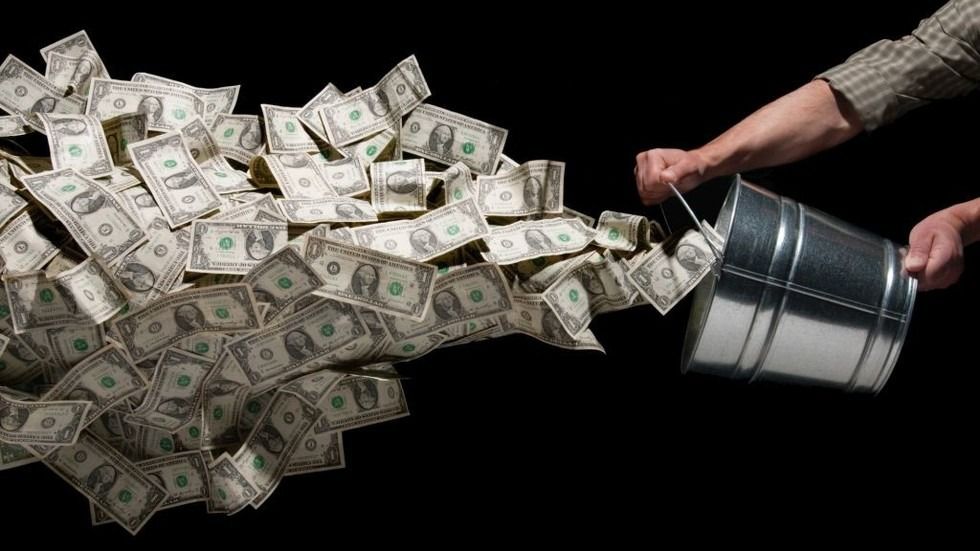Introductory Remarks:
The euro managed to stay above a recent two-month low on Thursday, bolstered by European Central Bank (ECB) President Christine Lagarde’s emphasis on the need to further tighten monetary policy to combat persistent high inflation. Despite a marginal decline in Eurozone inflation to 6.1% in May, it still remains significantly higher than the ECB’s target of 2%. Lagarde’s statements underscored the central bank’s commitment to curbing inflation and gradually hiking interest rates. On the other hand, the dollar drew back from a two-month high as the prospects for an immediate interest rate increase by the Federal Reserve (Fed) receded. However, the dollar found some support from the approval of a bill to suspend the debt ceiling in the U.S. House of Representatives.
ECB’s Stance and Inflation in the Eurozone:
The inflation figures from the Eurozone in May recorded a minor reduction to 6.1%, falling below predictions. However, it still stands over triple the ECB’s target. Christine Lagarde restated that inflation was excessively high and expected to remain so for a significant period. She accentuated the ECB’s resolve to elevate interest rates to adequately restrictive levels, highlighting the need for additional policy tightening. The ECB has already enacted several rate increases over the past year in response to escalating prices.
Market Anticipations and Projections:
The upcoming ECB meeting on June 15 sees market expectations placing an 85% chance on a 25 basis points rate increase. Additionally, Refinitiv predicts a further 25 basis points rise in July. Market analysts, including Simon Harvey from Monex Europe, project a terminal deposit rate of 3.75% via two 25 basis points increases in June and July. These forecasts align with the ECB’s goal of gradually tightening monetary policy to tackle inflation.
Euro’s Performance and Market Response:
Following the release of inflation data from several European countries, indicating a slight alleviation in price pressures, the euro managed to maintain relative stability against the dollar. After touching a two-month low of $1.0635 on Wednesday, the euro bounced back to trade at $1.0692 on Thursday. Investors kept a close watch on inflation data from individual countries as any signs of relaxation could impact the ECB’s future policy decisions.
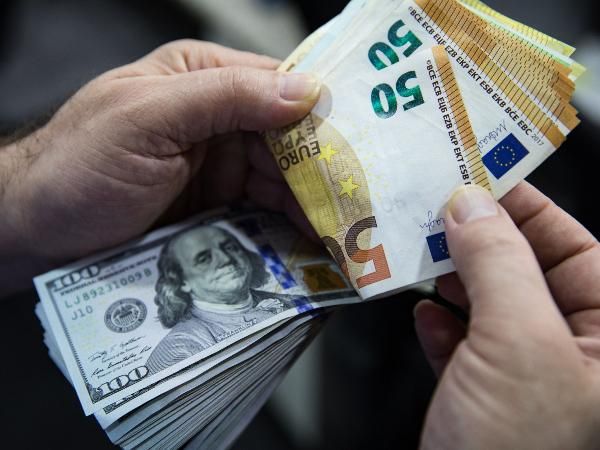
Dollar’s Expectations for Rate Hike and Debt Ceiling Suspension:
The dollar pulled back from its two-month peak as investors moderated their expectations for an immediate interest rate increase by the Federal Reserve. Federal Reserve officials, including the vice-chair nominee, hinted at the possibility of delaying the rate increase in June to evaluate the impact of the current tightening cycle in relation to persistent inflation data. Market expectations of a June rate hike dropped to around 32%, a stark contrast to nearly 67% the previous day. The approval of a bill in the U.S. House to suspend the debt ceiling offered some solace to the dollar, easing concerns about a potential U.S. government default and its effects on the global economy.
Concluding Remarks:
The euro successfully held above a recent two-month low as ECB President Christine Lagarde reiterated the urgency of further monetary policy tightening in response to high inflation. Despite a slight fall in Eurozone inflation, the ECB remains steadfast in its commitment to incrementally raising interest rates. Market anticipations suggest impending rate increases in June and July. Conversely, the dollar receded from its recent peak as the likelihood of an immediate rate hike by the Federal Reserve waned. The approval of a bill to suspend the U.S. debt ceiling lent some support to the dollar. These movements in both currencies reflect the continuous focus on inflation and central bank activities, which will continue to shape global currency markets in the near future.
©traders-news.online
